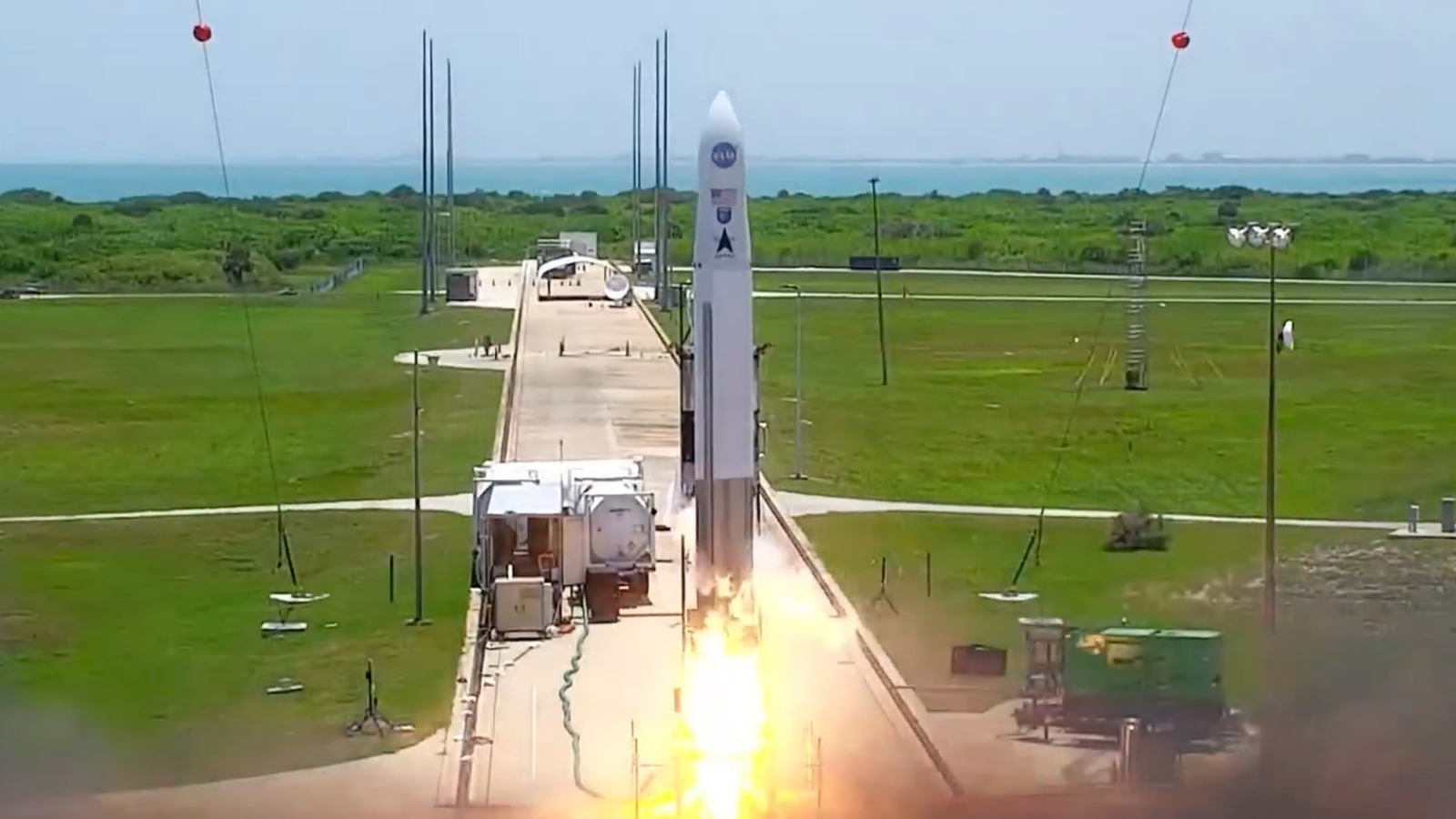Chilean workers are becoming desperate as a record drought, driven by warmer temperatures, has sapped almost all the water from an enormous reservoir.
The Penuelas reservoir in central Chile was 20 years ago the main source of water for the city of Valparaiso, storing enough water for 38,000 Olympic-size swimming pools.
Amid a historic 13-year drought, rainfall levels have crashed in the South American nation, leaving Penuelas with enough water to fill just two such pools.
What was once a lake bed is now a vast expanse of baked earth, punctuated with fish skeletons and animals hunting for water.
“We have to beg God to send us water,” said Amanda Carrasco, a 54-year-old who lives near the Penuelas reservoir and can remember line fishing in the waters for local pejerrey fish.
“I’ve never seen it like this,” he told Reuters news agency. “There’s been less water before, but not like now.”
The drought has hit mine output in the world’s largest copper producer, stoked tensions over water use for lithium and farming, fuelled forest fires and driven the capital Santiago to draw up unprecedented preparations for water rationing.
Chile announces state of emergency as conflict between state and indigenous minorities escalates
Police officers stung while trying to arrest beekeepers during protest in Chile
Chile: Protesters clash with police two years after landmark uprising – as election race hots up
Segundo Aballay, an animal breeder in the Chilean village of Montenegro, is praying change comes soon.
“If it doesn’t rain this year we will be left with nothing to do,” he said. “The animals are getting weaker and dying day
by day.”
Rainfall was once reliable in winter but now at historic lows, said Jose Luis Murillo, general manager of
ESVAL, the company that supplies Valparaiso with water.
“Basically what we have is just a puddle,” he said, adding that the city now relied on rivers. “This is especially
significant if you think that several decades ago the Penuelas reservoir was the only source of water for all greater
Valparaiso.”
Hotter air temperatures have meant that snow in the Andes, that usually yields water as it melts in the spring and summer, is melting faster or even turning straight to vapour.
Scientific studies have found that a global shift in climate patterns is driving the problem by sharpening natural weather cycles. Ozone depletion and greenhouse gases in the Antarctic are exacerbating weather patterns that draw storms away from Chile, according to a study.
Analysis of tree rings going back 400 years shows how rare the current drought is, Duncan Christie, a researcher at
the Center for Climate and Resilience in Chile, told Reuters. It is unrivalled for duration or intensity.
He said the Andes mountain range – which he called the country’s “water towers” – were not getting being replenished, meaning that as snow melted in spring, there was far less water to fill rivers, reservoirs and aquifers.
An engineer and water specialist who went to measure snow cover near the Laguna Negra station in
central Chile ended up finding “nothing” to measure.
A 2019 study in the International Journal of Climatology said shifting weather events could ease the drought in future, depending on how much humans tackled emissions, but predicted “only a partial recovery of central Chile precipitation in the decades to come”.
The UK could see water shortages by 2050 if action is not taken to conserve supplies, according to warnings by the Environment Agency.
Watch the Daily Climate Show at 3.30pm Monday to Friday on Sky News, the Sky News website and app, on YouTube and Twitter.
The show investigates how global warming is changing our landscape and highlights solutions to the crisis.








